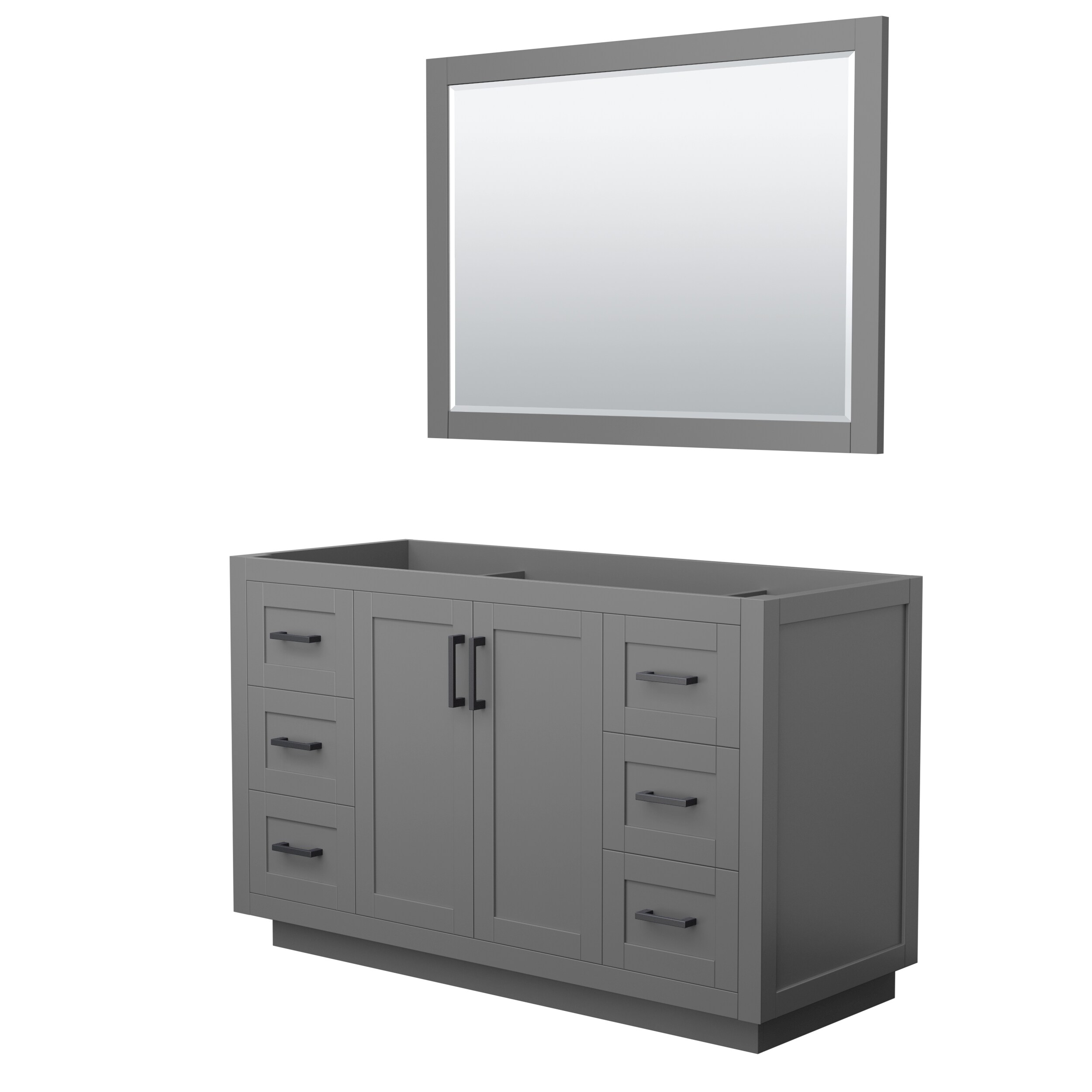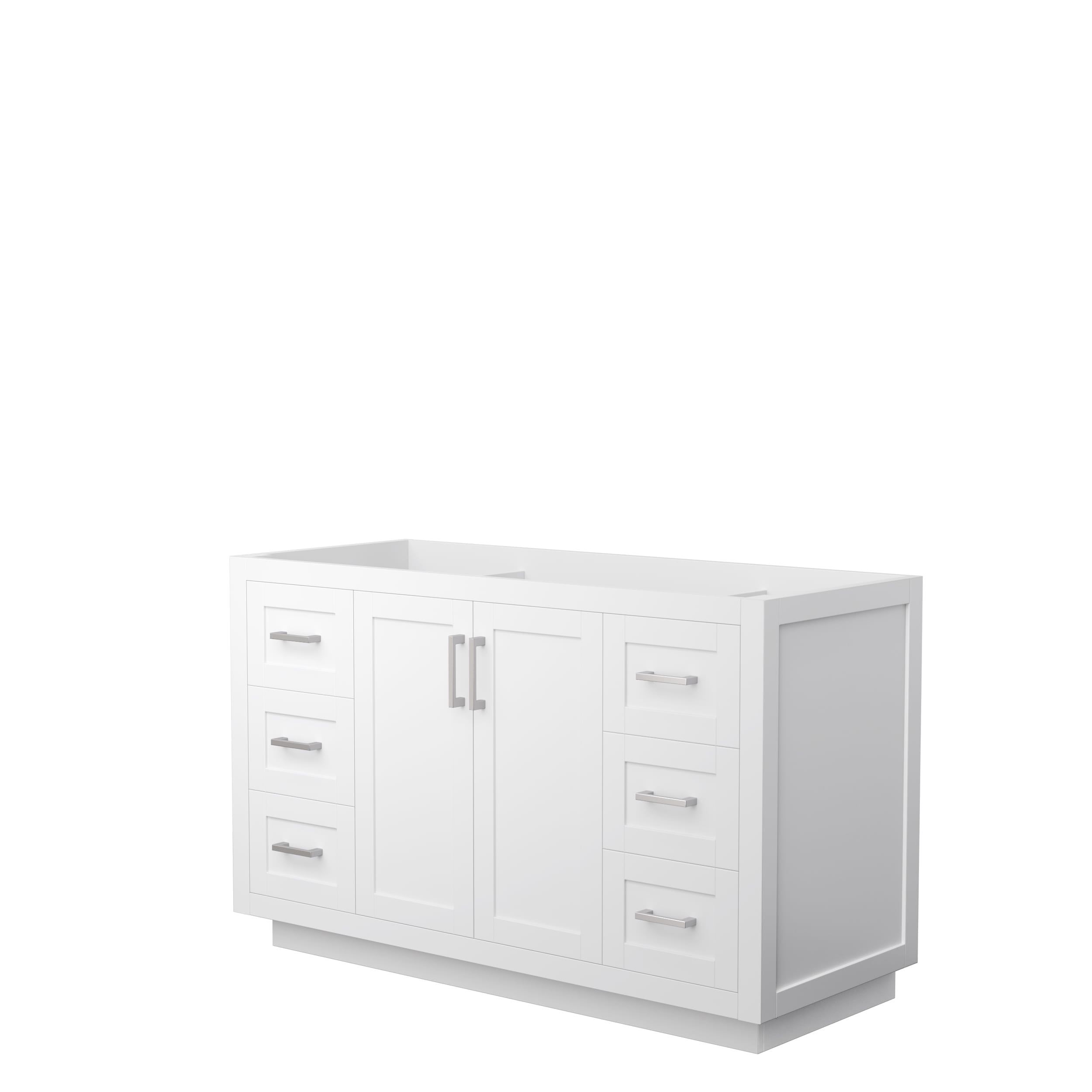The Advantages of a 93-Inch Bathroom Vanity

A 93-inch bathroom vanity is a luxurious and practical choice, especially for larger bathrooms. It offers ample storage space and a spacious countertop, creating a functional and aesthetically pleasing environment.
Storage Space and Functionality
A 93-inch vanity provides significantly more storage space compared to smaller vanities. This extra space allows you to keep your bathroom organized and clutter-free. With numerous drawers and cabinets, you can easily store toiletries, towels, and other bathroom essentials. The large countertop provides ample space for placing items like hand soap, toothbrushes, and decorative accents.
Pros and Cons of a 93-Inch Vanity, 93 inch bathroom vanity
Pros
- Ample storage space for a clutter-free bathroom.
- Spacious countertop for functionality and aesthetic appeal.
- Enhanced visual impact and luxurious feel in larger bathrooms.
- Potential for multiple sinks, ideal for families or shared bathrooms.
Cons
- May be too large for smaller bathrooms, potentially making the space feel cramped.
- Higher cost compared to smaller vanities.
- May require professional installation due to its size and weight.
Aesthetic Appeal
A 93-inch vanity can significantly enhance the aesthetic appeal of a bathroom. Its size and design create a statement piece, adding a touch of elegance and sophistication to the space. The large countertop allows for creative display options, such as decorative plants, candles, or stylish accessories. The ample storage space allows you to keep your bathroom organized and clutter-free, further enhancing the visual appeal.
Choosing the Right 93-Inch Bathroom Vanity

A 93-inch bathroom vanity is a significant investment, so choosing the right one is crucial. It’s not just about size; it’s about finding a vanity that complements your bathroom’s style, meets your storage needs, and enhances your overall experience. This guide will help you navigate the process, considering various factors to make an informed decision.
Style Considerations
The style of your vanity plays a crucial role in defining the overall aesthetic of your bathroom. Consider your personal preferences and the existing decor to choose a style that harmonizes with the space.
- Traditional: Characterized by intricate details, ornate hardware, and classic designs. These vanities often feature rich wood tones and decorative elements like raised panels or carved accents.
- Modern: Defined by clean lines, minimalist designs, and sleek finishes. Modern vanities often incorporate materials like metal, glass, or high-gloss laminates.
- Contemporary: Blends modern and traditional elements, creating a balanced and sophisticated look. Contemporary vanities often feature geometric shapes, natural materials, and subtle accents.
- Transitional: A versatile style that combines traditional and modern elements, creating a timeless and adaptable aesthetic. Transitional vanities often feature clean lines, simple details, and a mix of materials.
Material Choices
The material of your vanity determines its durability, appearance, and price. Each material has its own unique characteristics and advantages.
- Wood: A classic choice for vanities, offering warmth, durability, and a natural beauty. Popular wood choices include oak, cherry, maple, and walnut. Wood vanities can be stained or painted to match your desired aesthetic.
- Laminate: A cost-effective option that mimics the look of wood or other materials. Laminate vanities are durable and resistant to moisture, making them suitable for bathroom environments. They are available in a wide range of colors and patterns.
- Acrylic: A high-gloss material that is resistant to scratches and stains. Acrylic vanities are easy to clean and maintain, and they offer a sleek and modern look.
- Metal: A modern and industrial choice for vanities. Metal vanities are durable, resistant to moisture, and can be finished in various colors and textures.
Countertop Options
The countertop is a key feature of your vanity, providing a functional surface for your sink and adding to the overall design. Here are some popular countertop options:
- Granite: A natural stone known for its durability, scratch resistance, and unique patterns. Granite countertops are a high-end option that adds a touch of luxury to your bathroom.
- Marble: Another natural stone that offers a luxurious and elegant look. Marble is known for its veining and softness, but it is more susceptible to scratches and stains than granite.
- Quartz: An engineered stone that combines quartz crystals with resin. Quartz countertops are highly durable, scratch-resistant, and non-porous, making them easy to clean and maintain. They are available in a wide range of colors and patterns.
- Solid Surface: A non-porous material that is seamless and easy to clean. Solid surface countertops are available in a variety of colors and patterns, and they can be molded into custom shapes.
- Laminate: A cost-effective option that offers a wide range of colors and patterns. Laminate countertops are durable and resistant to moisture, but they are not as scratch-resistant as natural stone or engineered stone options.
Sink Configurations
The sink configuration is an important consideration for functionality and aesthetics.
- Single Bowl: A classic and practical choice, offering ample space for washing hands and cleaning. Single bowl sinks are available in various sizes and materials.
- Double Bowl: Ideal for larger bathrooms or families, offering separate spaces for washing hands and cleaning. Double bowl sinks can be configured with two equal-sized bowls or a larger and smaller bowl.
- Vessel Sink: A decorative and modern option, featuring a bowl that sits on top of the countertop. Vessel sinks add a touch of elegance to your bathroom, but they can be more difficult to clean.
- Undermount Sink: A sleek and contemporary choice, featuring a sink that is mounted beneath the countertop. Undermount sinks offer a seamless and modern look, and they are easier to clean than vessel sinks.
Features to Consider
- Storage: Consider the amount of storage you need, including drawers, cabinets, and shelves. A 93-inch vanity provides ample space for storage, so take advantage of it.
- Hardware: Choose hardware that complements the style of your vanity and bathroom. Hardware options include knobs, pulls, and hinges.
- Lighting: Adequate lighting is essential for a functional bathroom. Consider adding vanity lights or sconces to provide sufficient illumination for grooming tasks.
- Mirror: A mirror is a must-have for any bathroom. Consider a mirror that complements the style of your vanity and provides a flattering reflection.
Installing a 93-Inch Bathroom Vanity: 93 Inch Bathroom Vanity
Installing a 93-inch bathroom vanity can be a challenging project, but with proper planning and execution, it can be accomplished successfully. This guide will provide a step-by-step process, highlighting key considerations to ensure a smooth and efficient installation.
Measuring and Preparing the Space
Before starting the installation, accurate measurements are crucial. Measure the available space for the vanity, including the wall width, height, and any obstructions. Ensure the vanity fits comfortably within the designated area. Additionally, check the floor for any unevenness or slopes, as this can affect the vanity’s stability.
Installing the Vanity
- Assemble the Vanity: Carefully assemble the vanity according to the manufacturer’s instructions. Ensure all components are securely fastened and the vanity is stable.
- Mark the Wall: Using a level, mark the desired position of the vanity on the wall. The vanity should be centered and level with the floor.
- Install the Mounting Brackets: Attach the mounting brackets to the wall using appropriate screws. Ensure the brackets are securely fastened and aligned with the marked position.
- Install the Vanity: Carefully lift and position the vanity onto the mounting brackets. Ensure the vanity is level and securely attached to the brackets.
Plumbing Considerations
Proper plumbing is essential for a functional bathroom vanity. Consider the following:
- Water Supply Lines: Connect the water supply lines to the vanity’s faucets. Ensure the lines are properly sealed and secured to prevent leaks.
- Drain Line: Connect the drain line to the vanity’s sink and ensure it is properly routed to the main drain line. Use a trap to prevent sewer gases from entering the room.
- Water Pressure: Check the water pressure before connecting the supply lines. Ensure the pressure is adequate for proper water flow and avoid damage to the faucets or plumbing.
Securing the Vanity
After installing the vanity, it’s crucial to secure it properly to prevent movement or instability.
- Wall Anchors: If the wall material is not strong enough to support the vanity’s weight, use wall anchors to provide additional support.
- Shims: Use shims to level the vanity and ensure it is securely attached to the mounting brackets.
- Caulking: Seal any gaps between the vanity and the wall using silicone caulk to prevent water damage.
Choosing Hardware and Accessories
Completing the installation involves selecting appropriate hardware and accessories:
- Faucets: Choose faucets that match the vanity’s style and complement the bathroom decor.
- Hardware: Select handles, knobs, and pulls that enhance the vanity’s aesthetics and provide a comfortable grip.
- Mirrors: Choose a mirror that complements the vanity’s size and style, creating a cohesive look.
- Lighting: Install adequate lighting to illuminate the vanity area, enhancing visibility and functionality.
